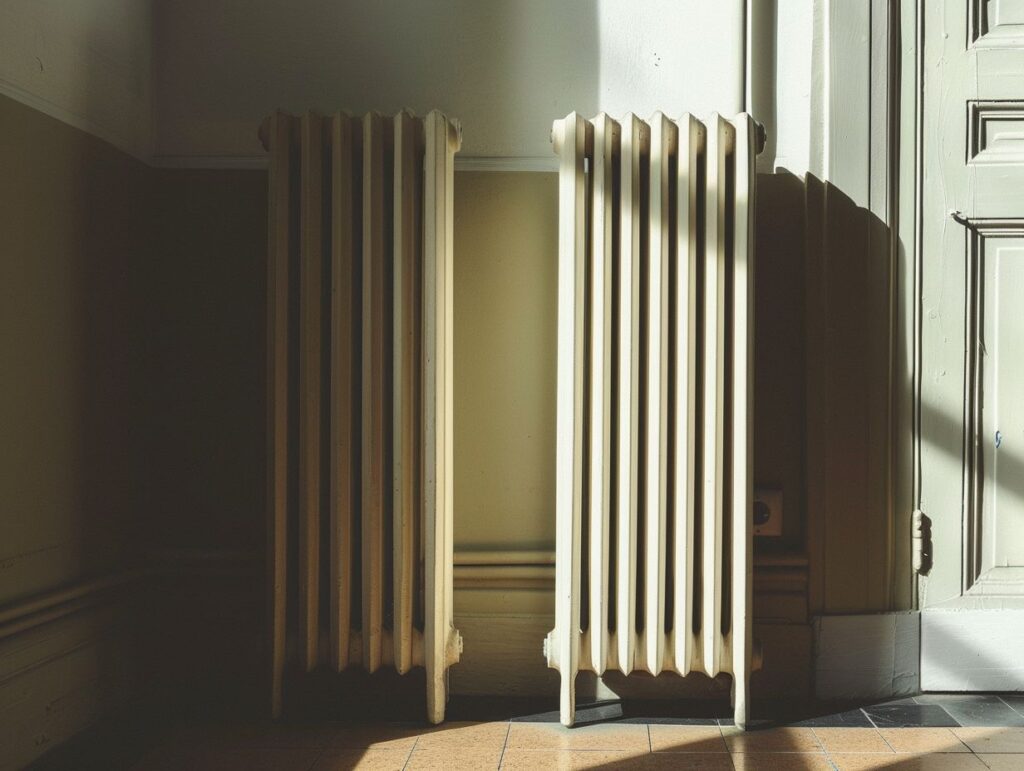If you are considering upgrading your heating system, you may be wondering whether to opt for vertical heating or floorstanding heating. The following discussion will delve into the various types of radiators available, weighing the advantages and disadvantages of both vertical and floorstanding options, while also outlining key factors to take into account when making your decision.
Factors such as room size, layout, installation requirements, and maintenance considerations will all play a role in determining the most suitable heating solution for your needs. By carefully considering these aspects, you can ensure that you make an informed decision that aligns with your home heating requirements. Stay tuned for valuable insights to help you select the ideal heating system for your space.
Key Takeaways:
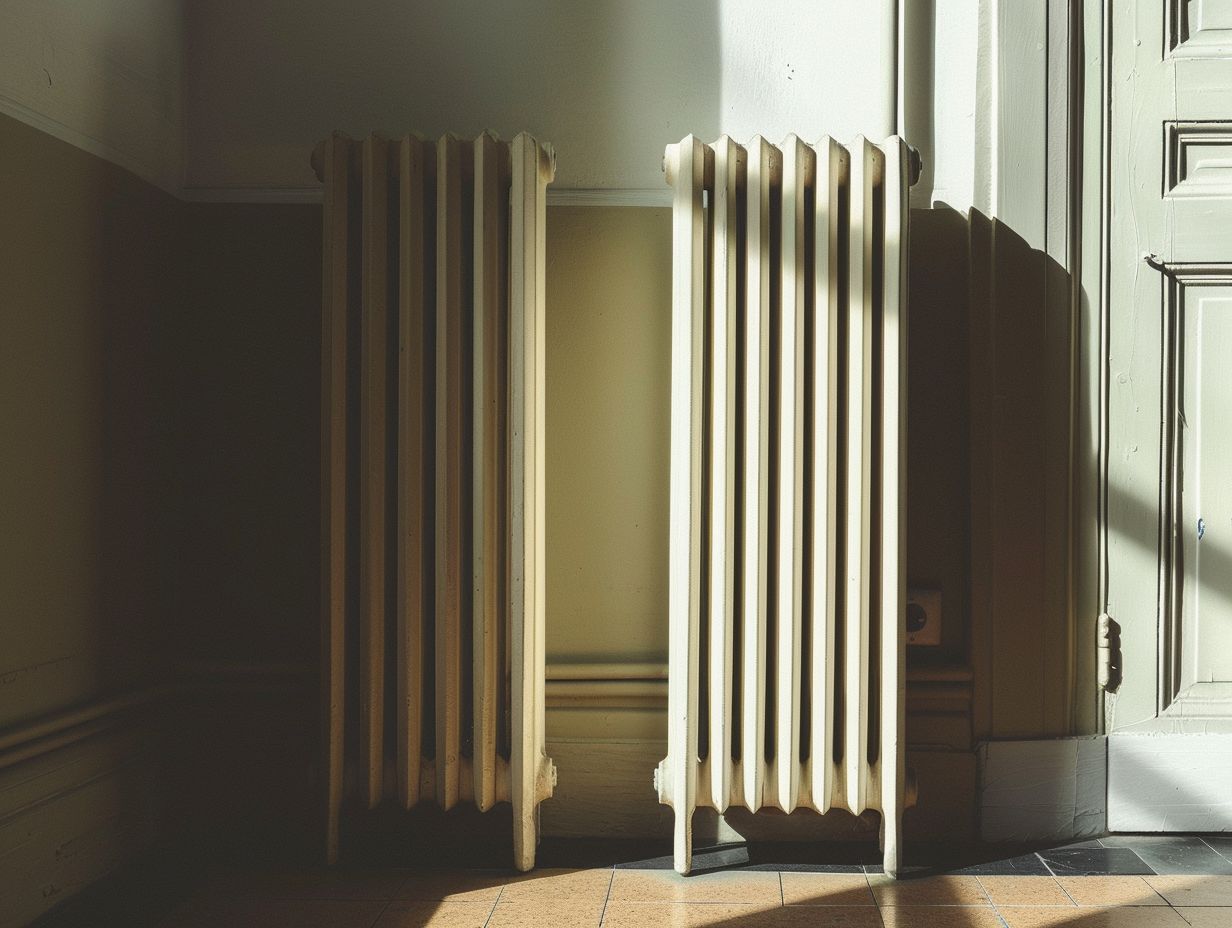
- Vertical heating saves space and can be more aesthetically pleasing, but it may not be suitable for large rooms or open spaces where the heat may not distribute evenly.
- Floorstanding heating is more versatile and can be moved around, but it may take up more space and be less visually appealing than vertical heating.
- When choosing between vertical and floorstanding heating, consider factors such as room size and layout, efficiency and cost, and the level of maintenance and troubleshooting required for each.
Understanding Vertical Heating and Floorstanding Heating
Understanding Vertical Heating and Freestanding Heating is crucial for homeowners seeking to maximise their heating system efficiency. Vertical radiators and freestanding radiators provide distinct design aesthetics and heating choices that are well-suited for contemporary residences.
Pros and Cons of Vertical Heating
When considering vertical heating systems, homeowners should take into account the distinct advantages and disadvantages they offer. By evaluating the pros and cons of vertical radiators, such as their sizing options, heat output efficiency, and decorative potential, individuals can make well-informed decisions when planning home heating upgrades.
Advantages and Disadvantages
When considering vertical radiators, you have the advantage of space-saving design and versatile heat distribution. However, it is important to note that they may come with limitations in terms of installation complexity and structural requirements.
It is crucial for homeowners to understand both the benefits and drawbacks of vertical heating systems in order to make an informed decision on efficient and stylish heating solutions.
On the positive side, vertical radiators are ideal for rooms with limited wall space as they provide efficient heating without taking up valuable floor area. Their tall and slim design not only adds a modern aesthetic to any decor but also ensures more even heat distribution throughout the room.
Despite their advantages, vertical radiators may require professional installation due to their size and weight, potentially leading to additional costs. Maintenance of vertical radiators can also be challenging as cleaning and accessing the back of the radiator for repairs may prove more difficult compared to traditional horizontal models.
Pros and Cons of Floorstanding Heating
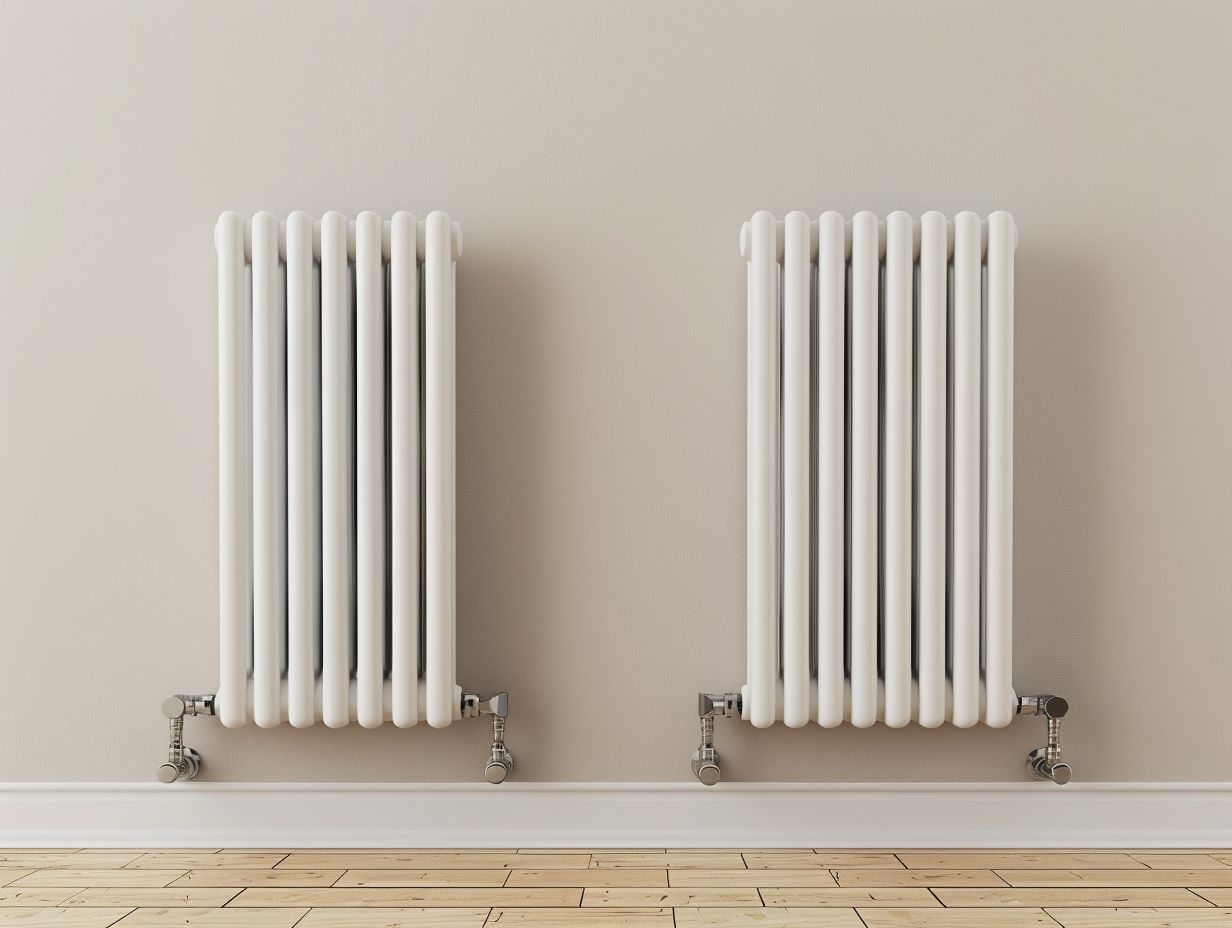
Analysing the advantages and disadvantages of freestanding heating systems offers you valuable insights into their efficiency, practicality, and design options.
As a homeowner, you can derive benefits from understanding the pros and cons of horizontal radiators regarding heating performance, installation ease, and overall structural integrity.
Advantages and Disadvantages
When evaluating heating options for your property, it is important to consider the advantages and disadvantages of freestanding heating systems.
These systems offer benefits such as efficient heat distribution and straightforward installation processes. However, they also come with drawbacks related to the weight of water and spatial requirements.
Efficient heat distribution is a notable advantage of freestanding heating systems, as they are effective in heating large areas evenly. This makes them particularly well-suited for open-plan living spaces.
On the other hand, the weight of water within the system can present challenges during installation, especially on upper levels of a building. Additionally, the size of freestanding radiators may not be suitable for all rooms, requiring careful planning to ensure they fit without overcrowding the space.
Understanding these advantages and disadvantages is essential for homeowners considering freestanding heating systems for their properties.
Factors to Consider When Choosing Between Vertical and Floorstanding Heating
When determining the ideal heating system between vertical and freestanding options, you need to evaluate various factors such as room size, layout, efficiency, and cost considerations.
Homeowners can benefit from understanding the impact of these elements on heating performance, installation requirements, and design possibilities for their homes.
Room Size and Layout
When selecting between vertical and freestanding heating options, you must consider the size and layout of the room.
The dimensions of the space, as well as layout considerations, can have an impact on the efficiency, heat output, and overall design feasibility of different radiator models for optimal heating performance.
In smaller rooms, it may be advantageous to opt for compact vertical radiators that maximise wall space and offer a sleek, modern look. Conversely, larger rooms with ample floor space may be better suited for freestanding radiators that provide enhanced heating capacity and distribution.
By conducting a thorough assessment of the room size and layout, homeowners can ensure that their heating system not only efficiently warms the space but also seamlessly integrates with the overall aesthetic of the room.
Efficiency and Cost
When evaluating the efficiency and cost implications of vertical and freestanding heating systems, you can make informed decisions based on your heating needs and budget constraints. Understanding the value proposition, installation requirements, and operational costs of different radiator options is essential for achieving a cost-effective and efficient heating solution.
Vertical heating systems typically offer higher BTU outputs compared to their freestanding counterparts, making them suitable for large spaces that require significant heating.
Conversely, freestanding units provide more versatility in terms of placement options and may be the preferred choice for customers seeking flexibility in their heating setup.
For those prioritising energy-efficient installations, vertical radiators often demonstrate superior operational efficiencies, leading to reduced overall heating expenses in the long term.
Installation and Maintenance
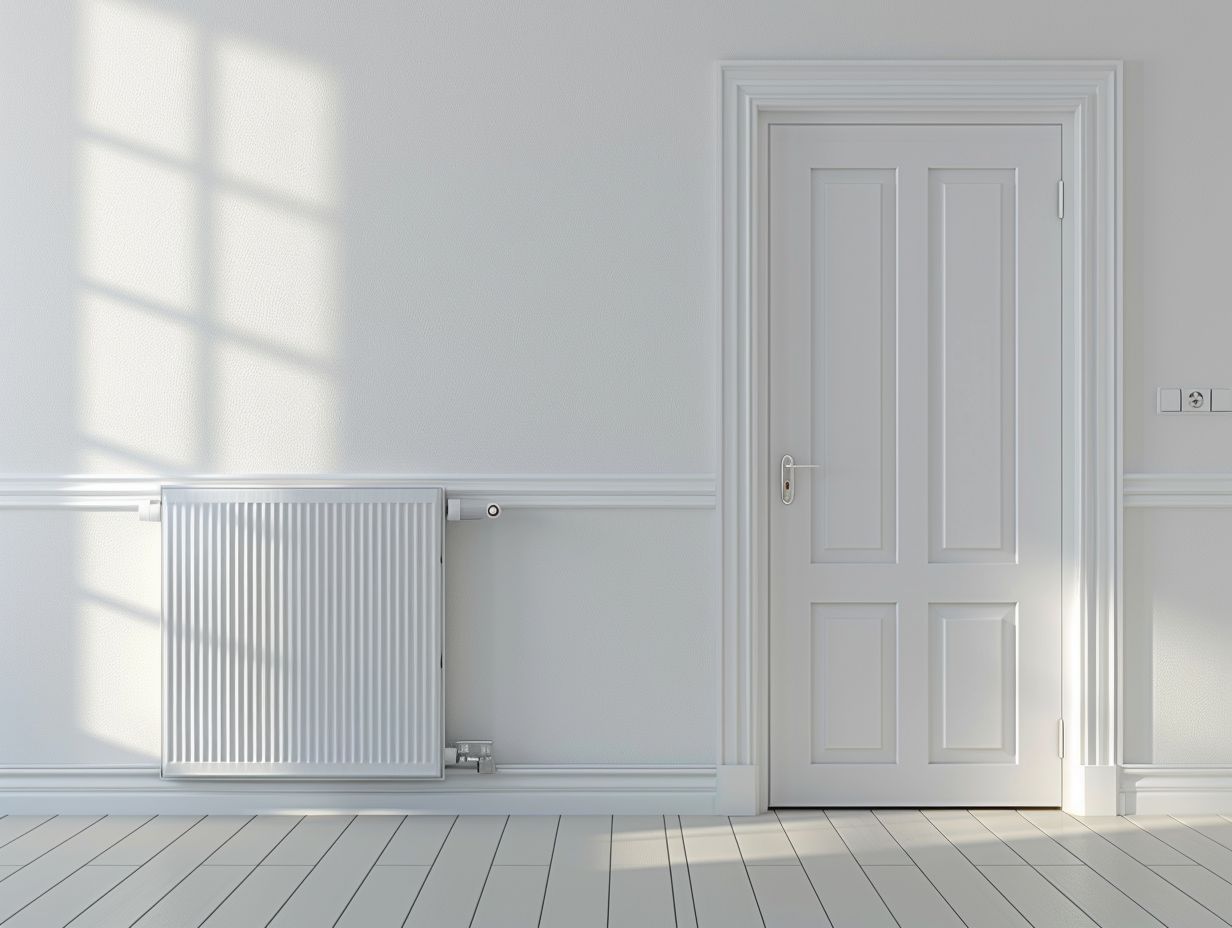
Understanding the installation and maintenance requirements of heating systems is crucial for ensuring long-term performance and operational efficiency. When considering radiator installations, BTU optimisation, or system upkeep, you can benefit from proactive measures to enhance the value and functionality of your heating setups.
What to Expect During Installation?
Understanding what to expect during the installation of heating systems can assist homeowners in preparing for the process and comprehending the crucial role of heating engineers in guaranteeing efficient and safe installations.
From evaluating convection currents to managing structural weights, a well-executed installation is fundamental for achieving optimal heating performance.
Heating engineers are pivotal in the installation process, leveraging their expertise to assess the area for the most suitable placement of heating elements. Factors such as convection currents necessitate careful positioning of vents and radiators to facilitate proper airflow and even heat distribution throughout the area.
Weight management is critical to prevent structural issues, necessitating engineers to evaluate load-bearing capacities and offer sufficient support for heavier components. Prioritizing structural integrity helps mitigate potential hazards, ensuring a durable and safe heating system for the residence.
Tips for Maintenance and Troubleshooting
Offering maintenance tips and troubleshooting guidelines for heating systems can enable you, as homeowners, to address common issues and ensure the longevity of your heating setups.
From optimising BTU output to monitoring radiator performance and structural integrity, implementing proactive maintenance practices can significantly enhance the overall heating efficiency.
Regularly cleaning or replacing air filters is crucial for maintaining optimal airflow and preventing system strain. Additionally, scheduling annual heating engineer consultations can help detect potential issues early on and provide expert recommendations for system enhancements.
By understanding your system’s heating capacity and distribution, you can maximise efficiency and comfort. Consider simple design upgrades such as programmable thermostats or smart heating controls to further enhance the performance and energy savings of your heating systems.
Frequently Asked Questions
What is the difference between vertical heating and floorstanding heating?
Vertical heating refers to radiators that are mounted on the wall in a vertical orientation, while floorstanding heating refers to radiators that stand on the floor in a horizontal orientation.
Which type of heating is more energy efficient?
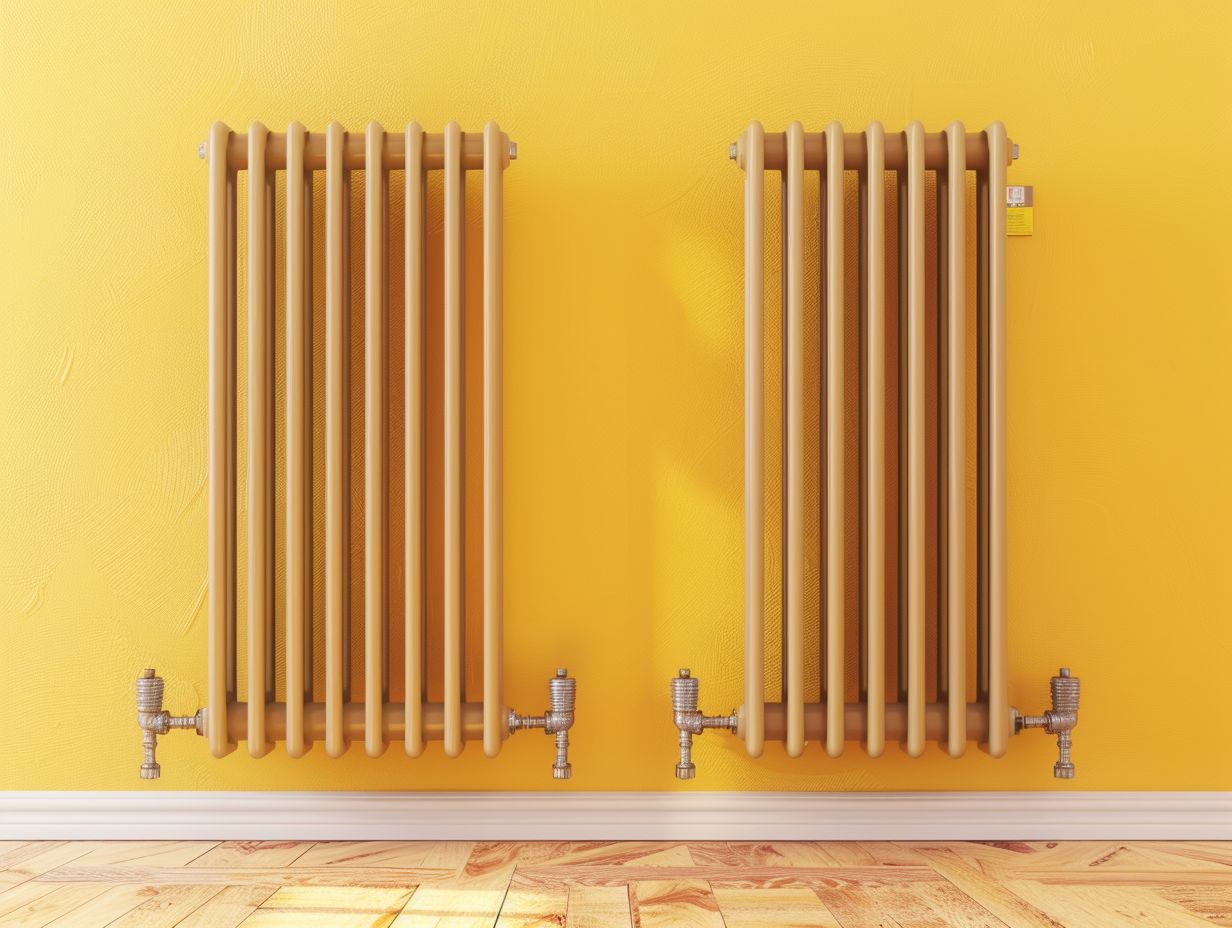
It depends on the specific heating system and its usage. Generally, vertical heating can be more efficient as it heats the room from the top down, making use of natural convection to circulate the warm air.
Are floorstanding radiators more expensive than vertical radiators?
It varies depending on the specific brand and model of the radiator. However, generally, floorstanding radiators tend to be more expensive due to their larger size and material requirements.
Can vertical heating and floorstanding heating be used together in the same room?
Yes, it is possible to have a combination of both vertical and floorstanding radiators in the same room. This can provide more even heating and give the room a unique aesthetic.
Do vertical radiators take up less space than floorstanding radiators?
Yes, vertical radiators take up less wall space compared to floorstanding radiators. This can be beneficial for smaller rooms or spaces where wall space is limited.
Which type of heating is easier to install?
Floorstanding radiators tend to be easier to install as they simply require being placed on the floor and connecting to the heating system. Vertical radiators may require additional support and mounting to the wall.

